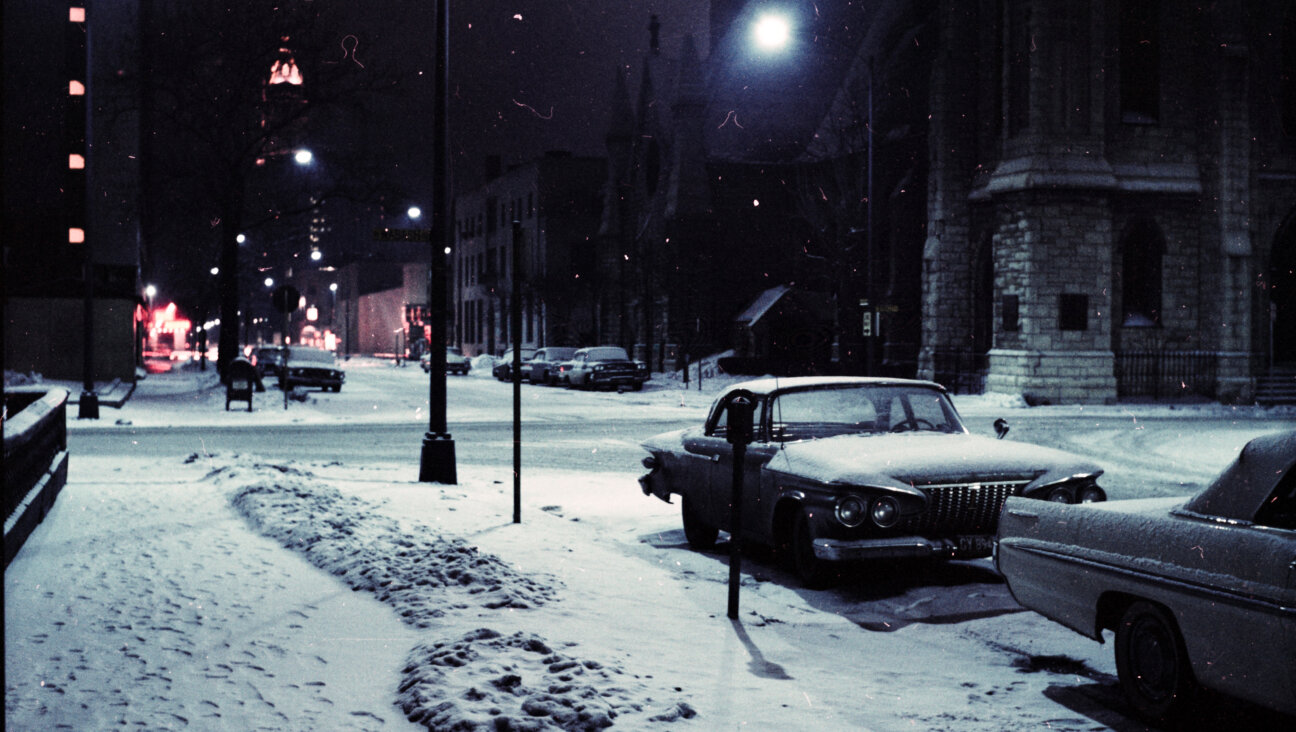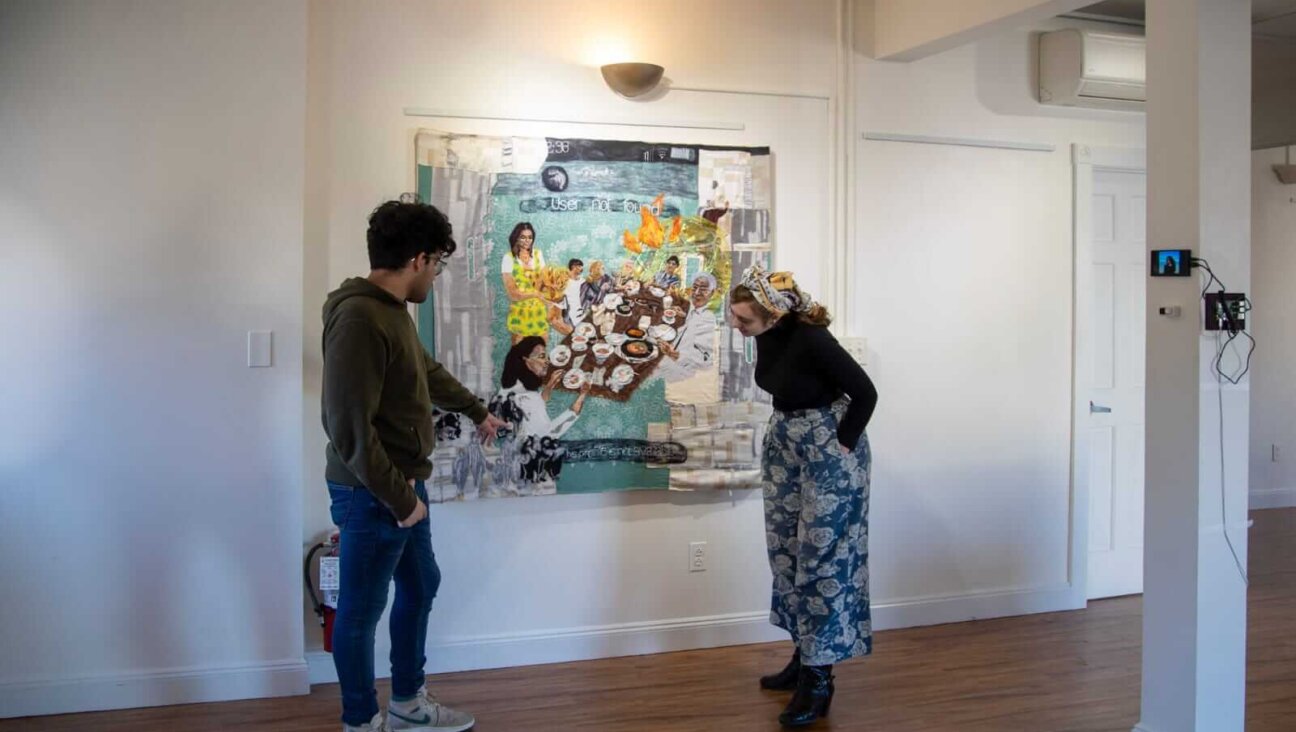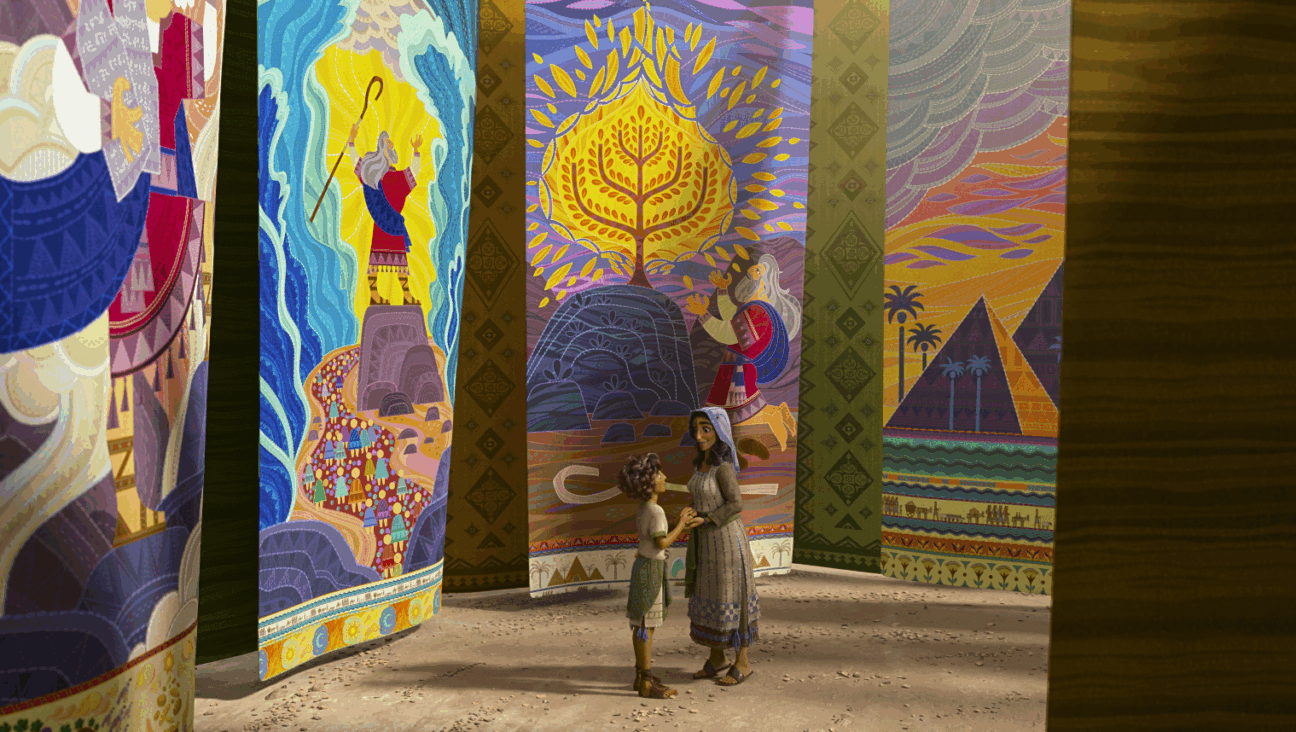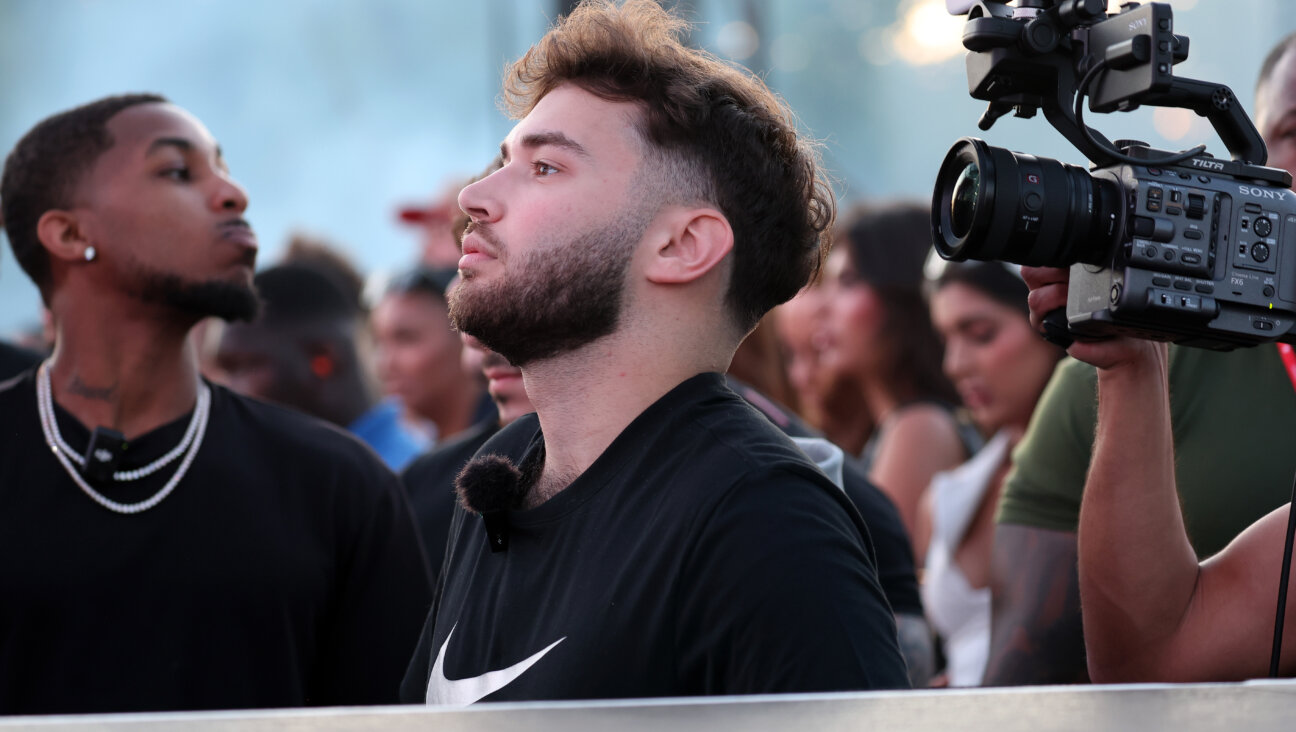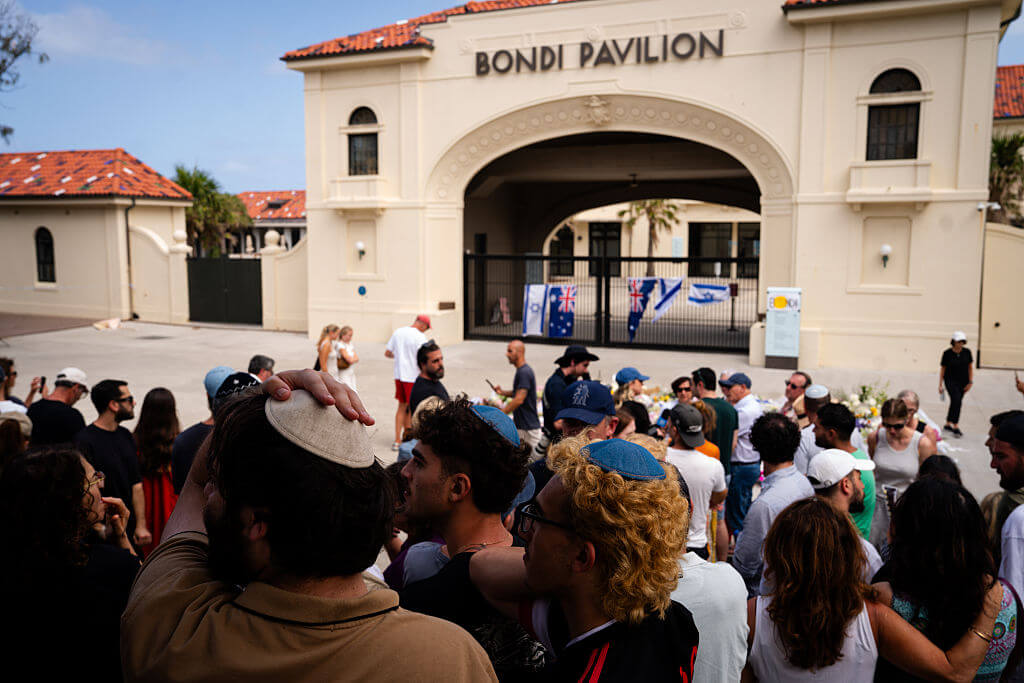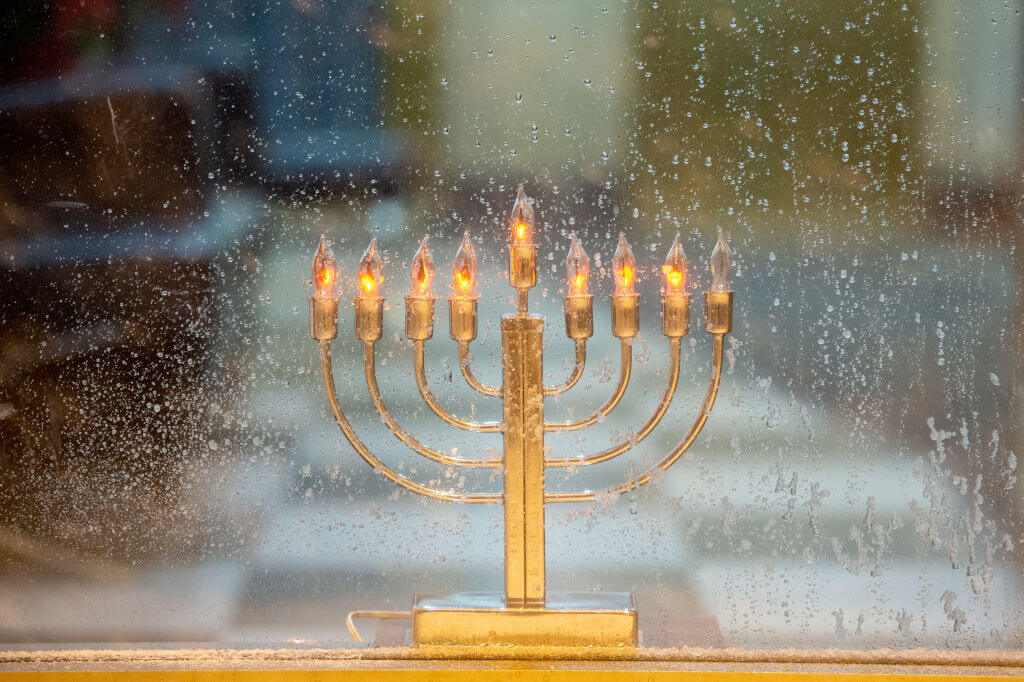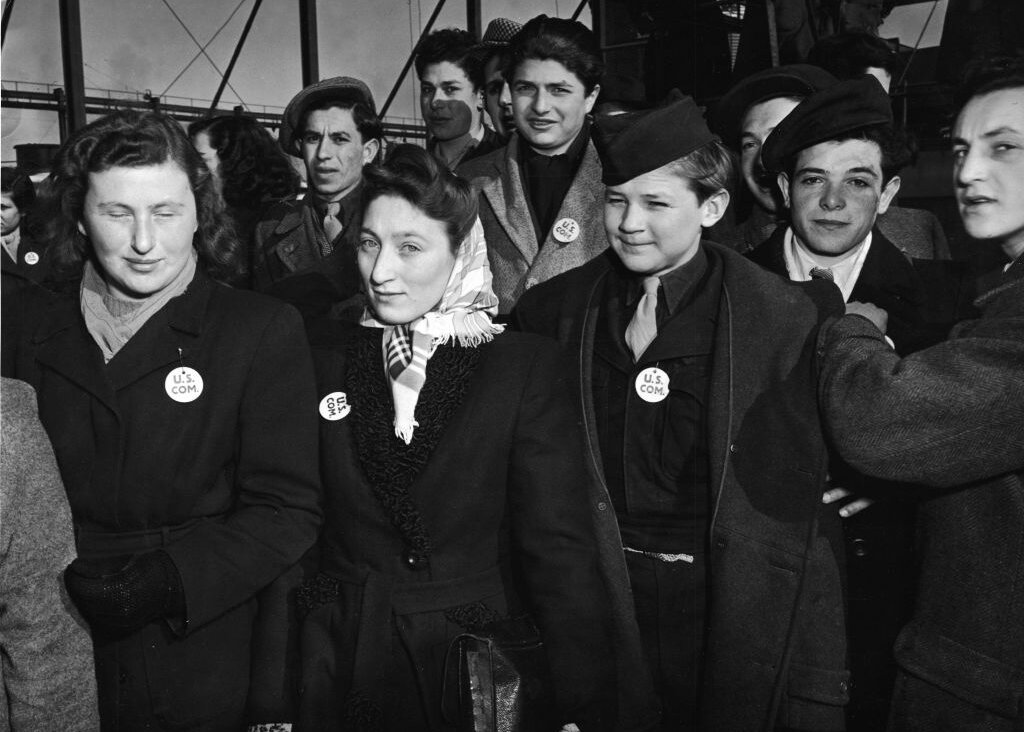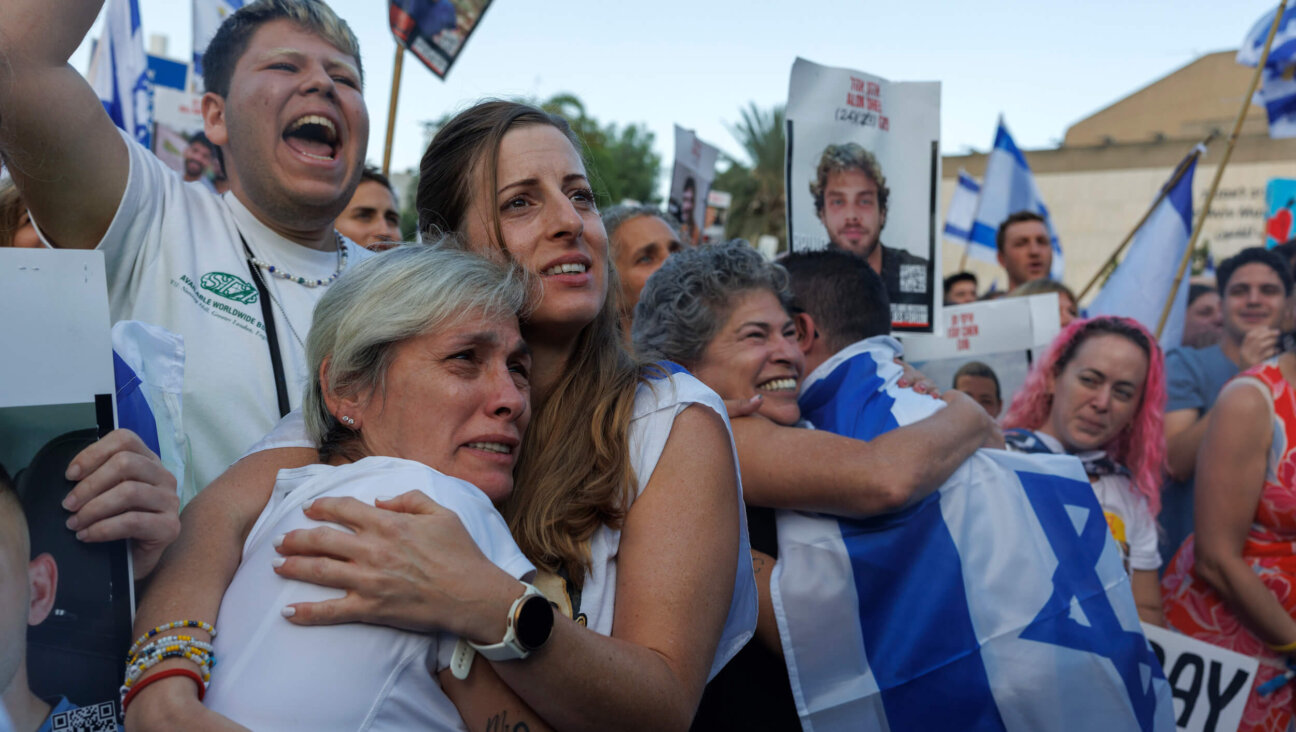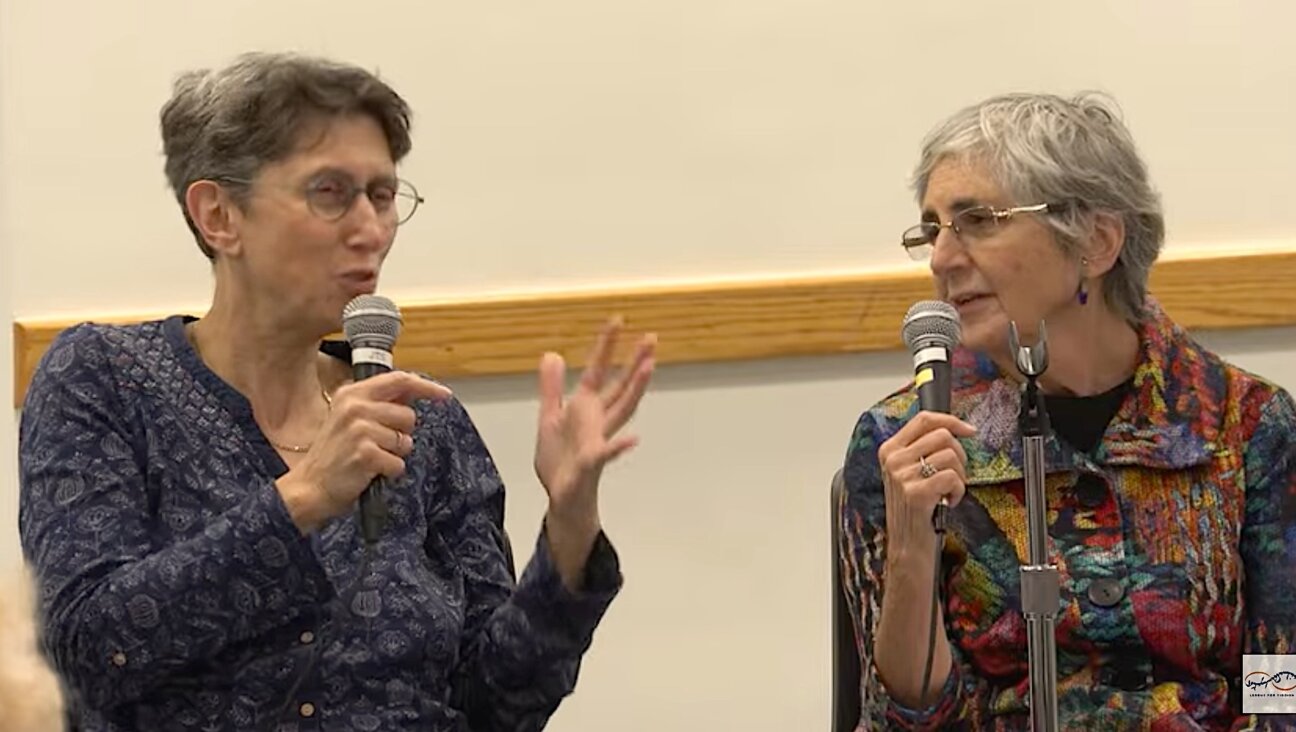Nobody wants all those menorahs in ‘Nobody Wants This,’ do they?
What the interior decor of ‘Nobody Wants This’ reveals about its Jewish characters
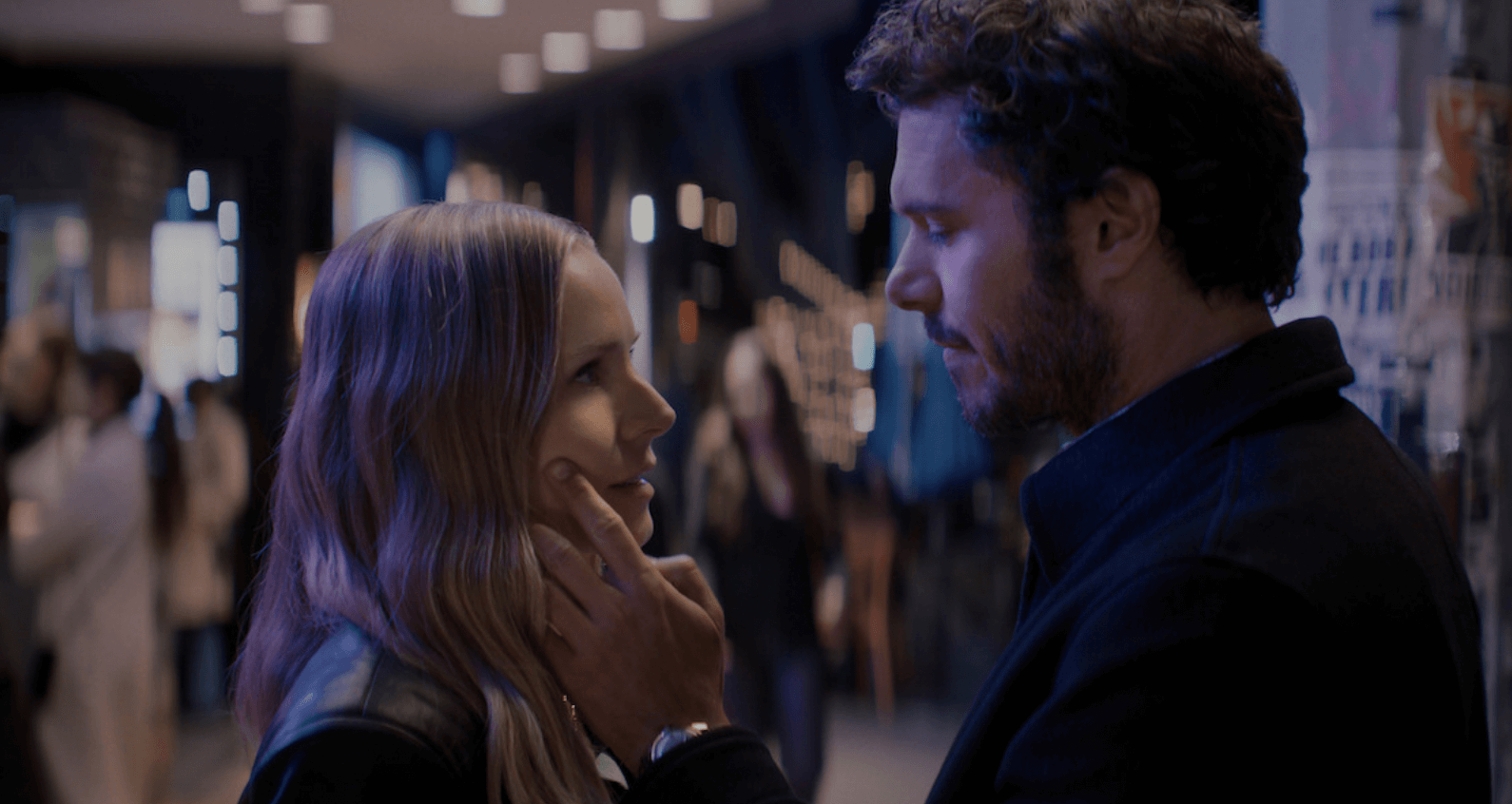
Kristen Bell and Adam Brody play an interfaith couple in Nobody Wants This, which returns Thursday for its second season. Courtesy of Netflix
The first season of the hit series Nobody Wants This left viewers with more questions than answers. Did Rabbi Noah Roklov (Adam Brody) really ditch the pulpit for forbidden love? Why did Joanne (Kristen Bell), so enthralled by every Jewish ritual she experienced, suddenly balk at conversion?
And, uh, why is Nobody Wants This obsessed with menorahs?
The show, which returns to Netflix on Thursday for Season 2, isn’t about Hanukkah. It doesn’t take place during Hanukkah, as far as I can tell. The holiday never comes up.
And yet if there’s a Jewish interior in Nobody Wants This, you can bet on a menorah — or chanukiyah, if you want to be technical — lurking in the background. It’s like the show wants viewers to believe menorahs are Jewish houseplants. And as soon as you notice it, you start seeing them everywhere.
In Noah’s office? Check — there’s a Chabad-style menorah, with the movement’s telltale angular branches, on the mantle (though Roklov is not a Chabad rabbi):
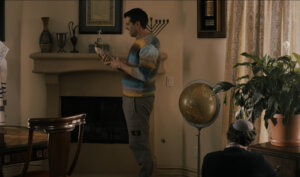
In the young rabbi’s home? You bet — a tasteful glass model adorns a bookshelf in his living room:

His brother Sasha’s place has one too. And when Rabbi Roklov goes to his old summer camp, we see an electric menorah above the fireplace in his bunk. For some reason, it’s on!
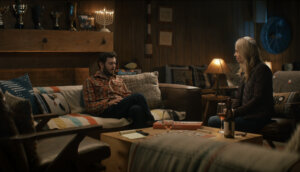
You may be thinking: It’s not so strange to see a menorah on display in a Jewish home, even in non-winter months. The Oscar-winning movie Anora also, famously, snuck one in as a prop. But the interior designer for this show did not stop at one — not even one per home. At Roklov’s parents’ mansion, I counted three, and that’s just the indoor total. (I spotted eight altogether in the first season, one for each night of the holiday that definitely isn’t happening.)
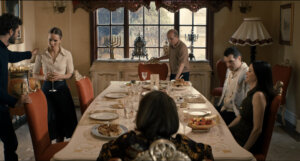
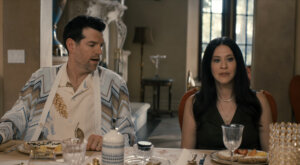
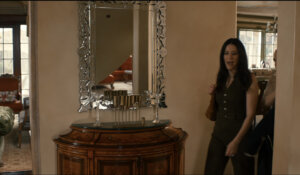
There’s another one outside the Roklovs’ home, and it’s the show’s location scout’s piece de resistance. Lest you forget that this scene is taking place at the house of Jewish parents of the Jewish rabbi, there’s a colossal iron menorah towering over their gated entrance.

It looks fully functional — and is, according to Raquel Abekasis, the home’s current resident. Abekasis told me they had it made for Hanukkah a couple years ago and never took it down. As for the interior decor, production designer Claire Bennett told House Beautiful last year that the resident family’s furnishings recalled an Orthodox home, so most of the furniture and decor was swapped out. The Zillow page for the estimated $4.7 million house shows a photo of the late Lubavitcher Rebbe hanging on the wall. (Bennett did not respond to an inquiry.)
If having a giant menorah adorn the entrance to your home strikes you as a Chabad thing, you wouldn’t necessarily be wrong. But that’s close enough for this show, which avoids getting bogged down in Jewish denominations. We don’t learn in Season 1 how the rabbi identifies Jewishly; he seems Reform in practice, but his family’s fixation on interfaith marriage — and Noah’s mother eating pork secretly, not openly — seems observant in the way Conservative or Modern Orthodox Jews are.
The menorah-fication of Jewish spaces is part of a larger pattern of generalized, textureless Jewishness in Nobody Wants This. The series has faced criticism from viewers who found its depictions of Jewish characters shallow and stereotypical. And the central Jewish character — an actual rabbi, no less — doesn’t really engage with the challenging ideas around love and faith at the center of the show. Instead, Jewish identity is always the same object looming in the background, preventing people in the foreground from being happy.

